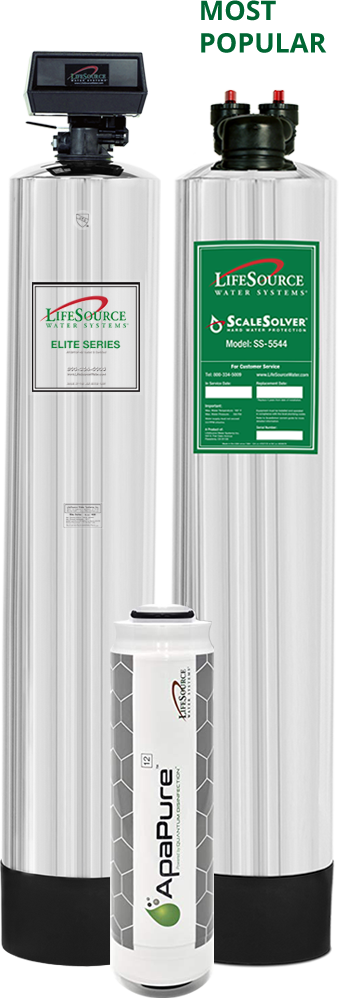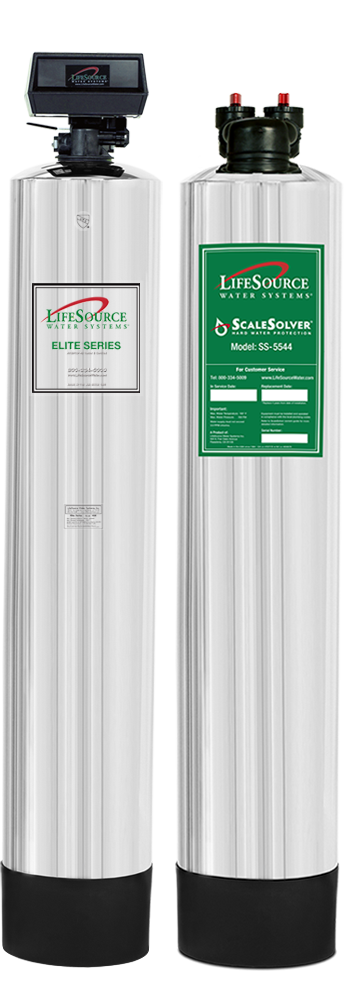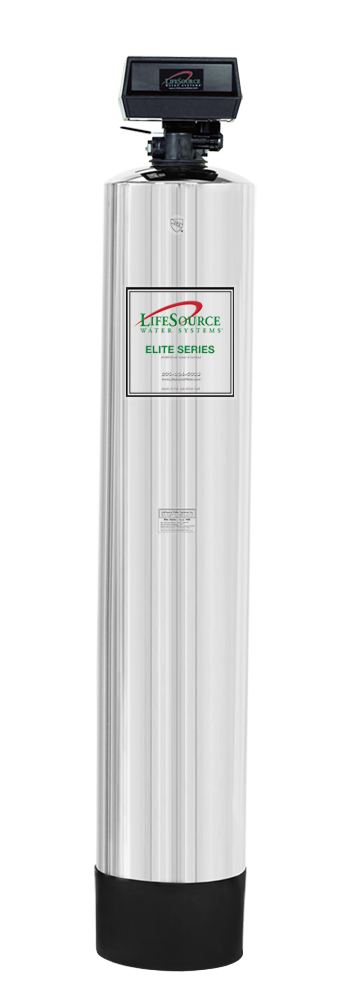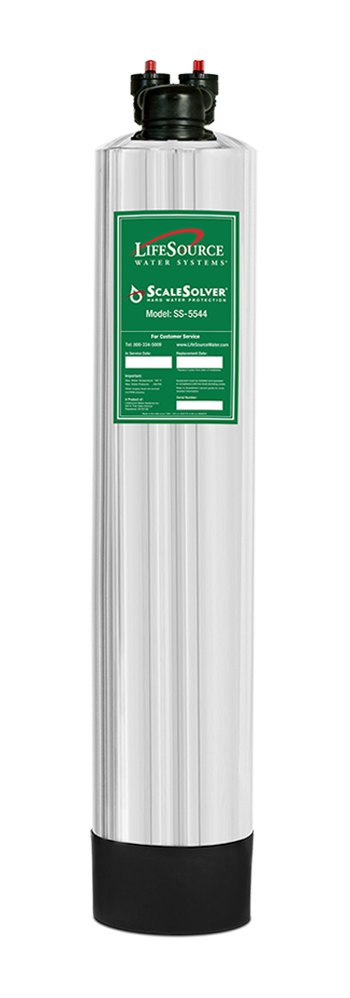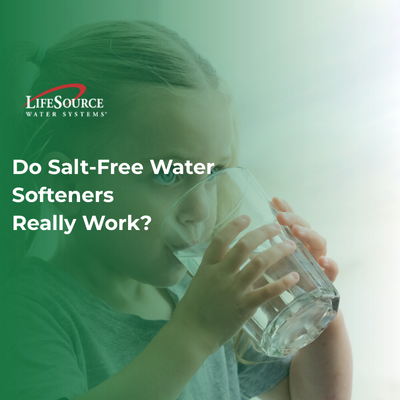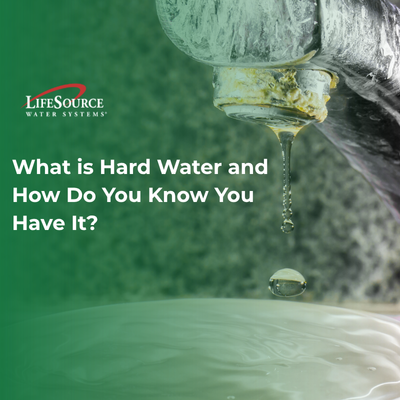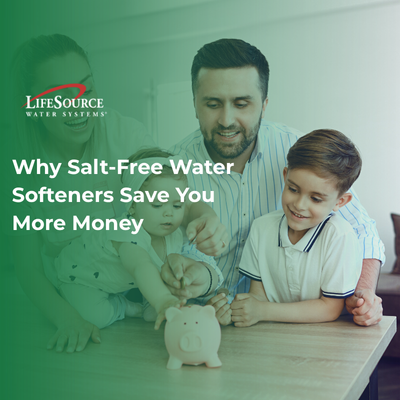
Why Water Softeners Are Outdated
Get more from your water with a softener alternative.
Water softeners need salt to work. These brine tanks need regular maintenance to maintain proper salt levels. The cost of buying salt bags or using a tank exchange program adds up. And lugging 5 pound salt bags home from the store is not ideal.
Our municipal water systems are not designed to filter out the salt added to water by softeners. When softeners add salt to water it prevents that water from being recycled and reused for agriculture or irrigation. The world has a finite amount of fresh water and we don’t have a magic wand to create more out of thin air. For this reason, a growing number of cities are banning the use of water softeners.
A slightly salty taste, a slippery feeling when washing your hands and in some cases even negative effects on your health, are all good reasons not to add salt to your water. You can buy point-of-use (POU) filters (like a reverse osmosis system or a countertop filter), but what about the rest of your home? As you can see, it’s easy to spend a lot more time and money treating your water than you would think when using a water softener.
Ever wonder why your water tastes like a swimming pool? This is because 98 percent of U.S. water treatment facilities use chlorine and chloramines to disinfect tap water. Water softeners do not filter out chlorine, chloramines, bacteria or dirt. Itchy skin, dry hair and faded clothing can all be traced back to the chlorine and chloramines in tap water.
Is it possible to have high-quality water in your home without the hassle and waste of a water softener? Yes. You can get filtered, delicious water and reduce the ability of minerals to stick to appliances and fixtures, without using salt or additives. This type of salt-free whole house water system is installed at your water main and filters tap water before it enters your home without adding anything to your water. This means instead of being limited to a sink, refrigerator or countertop filter, you can enjoy filtered drinking water from every tap and faucet in your home.

